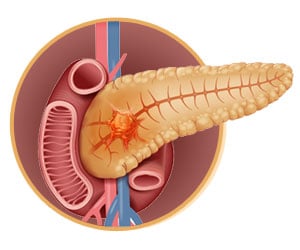No fusion gene had been identified for cutaneous squamous cell carcinoma although they are found in various types of connective tissue tumors.

‘The fusion of epidermal growth factor receptor (EGFR) and exon2 of PPARγ coactivator 1-α (PPARGC1A) in the A431 cell line were found in skin cancer patients.’





Fusion genes may be found in various types of connective tissue tumors, and some treatments have been developed that inhibit the tumor-forming actions of those genes. However, no fusion gene had been identified for cSCC before the Kumamoto University research team began their search. The research team started with the cell lines A431 and DJM-1, which are frequently used in SCC studies, and normal human epidermal keratinocytes (NHEKs) as a control.
Using transcriptome sequencing, they found a fusion between exon16 of epidermal growth factor receptor (EGFR) and exon2 of PPARγ coactivator 1-α (PPARGC1A) in the A431 cell line but not in the normal skin samples or other tumor tissues.
In samples of human tumor tissues, the fusion gene EGFR-PPARGC1A was found in areas frequently exposed to the sun, like the face or hands, but not in areas of the body that are typically concealed in the daylight.
Furthermore, fusion genes typically found in other types of SCCs were rarely found in cSCC. The researchers believe that this is because of cSCC's interrelationship with sun exposure, and that EGFR-PPARGC1A may play a part in cancers caused by ultraviolet irradiation.
Advertisement
"It may be possible, for example, to assess the fusion genes in a cancerous lesion and apply a customized therapy based on the results. This would greatly reduce the risk of any side effects of the treatment."















